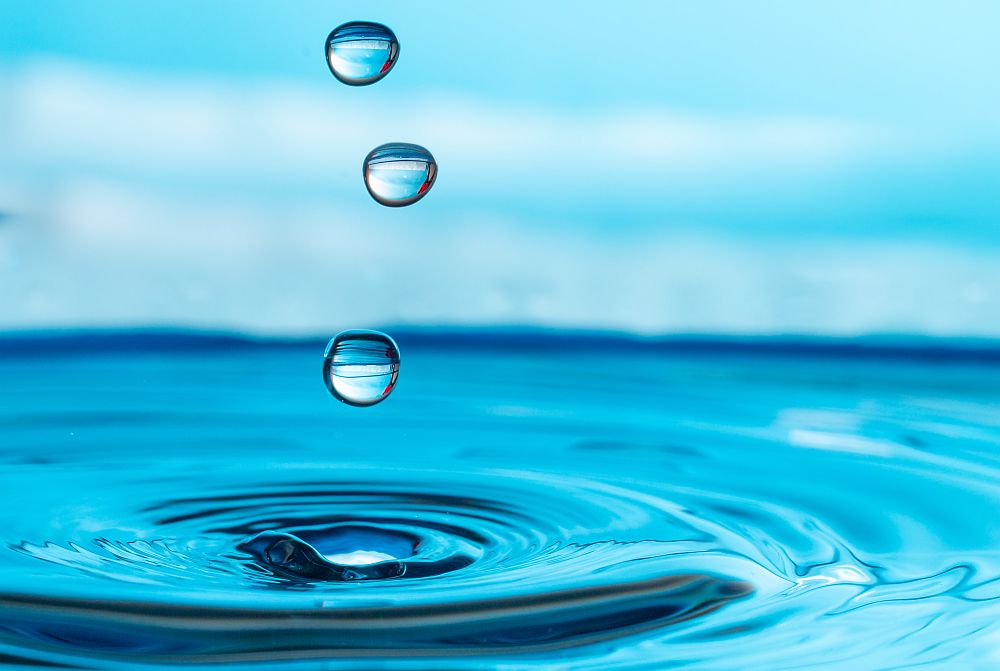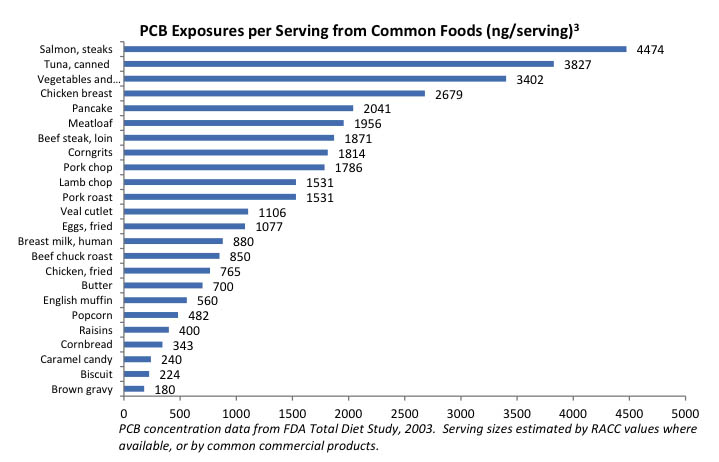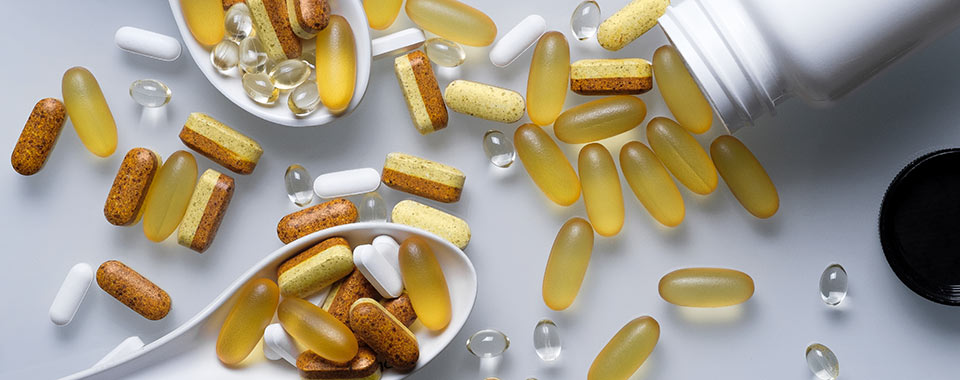In part 1, we discussed a lawsuit filed in California that claims that 10 brands of fish oil supplements tested contain polychlorinated biphenyl (PCB). PCBs are a group of toxic industrial compound that have been outlawed for a few decades. But they are persistent and still remain in the environment. The plaintiffs claim that manufacturers and sellers need to warn consumers under the state’s Proposition 65.
GOED – the industry hall monitor
Almost all fish oils made in North America and Europe are made to pass GOED standards. GOED is the Global Organization for EPA and DHA Omega-3s. A non-profit hall-monitor of the fish oil industry. They set rules. Tight rules. And manufacturers have to sign an affidavit saying they will obey the rules.
California Prop 65 sets ‘No Significant Risk Levels (NSRLs)’ related to carcinogenic activity and Maximum Allowable Dose Levels (MADLs) for chemicals that can cause reproductive toxicity.
“While NSRLs have been set for PCBs in California, MADLs have not,” said Adam Ismail, Executive Director of GOED in an Industry Brief.
“This group (plaintiffs) is actually asserting that since no regulatory body has set a limit related to reproductive toxicity, the default level should be zero,” continued Ismail.
Zero? All living things and all foods on planet earth, unfortunately, contain very tiny amounts of PCBs. That’s sad. But true. So it cannot be zero.
GOED says: “Thus far, toxicological assessments have not supported this position, but due to the unique nature of Proposition 65, the burden of proof is on the defendants in lawsuits to establish Safe Harbor limits.”
In other words, we’ve looked at our food supply and there is always some PCB in everything.
“PCBs are ubiquitous within the environment, which means that all fish—whether fish found in oceans and rivers or fish oil supplements—contain at least trace amounts of PCBs,” says Dr. Andrew Shao, Senior VP of Scientific & Regulatory Affairs of Council for Responsible Nutrition (CRN), Washington, D.C., putting the issues in context.
“In fact, conventional food forms of fish contain higher levels of PCBs than fish oil supplements in part because supplement fish oil products go through a refining process which reduces PCBs and other contaminants,” he added.
In a rare and refreshing moment of openness, Shao stated, “The lawyers are using California’s Prop 65 statute to bring attention to their case by attempting to frame this as a public health concern, when in reality, fish oil has enjoyed decades of safe use.”
It is still unclear who stands to benefit from this lawsuit. Or how.
The FDA has set a tolerance level of PCB for fish at 2000 parts per billion. In comparison, the California Proposition 65 daily limit for PCBs for a cancer warning is 90 parts per million, which is significantly lower than what FDA deems safe. Fish can contain 22 times more PCBs than fish oil.
The FDA Total Diet Study did a survey and they found PCB levels dozens or even hundreds of times higher in regular foods than in the level found in the 8 bottles of fish oil that part of the lawsuit.
A can of tuna has almost 4000 ppb (parts per billion, also written as ‘ng’ sometimes) of PCB/serving. For comparison, a chicken breast has 2700 ppb. Pancakes contain 2000 ppb.
Fish oil is allowed no more 90 ppb per serving. Most ultra-concentrated fish oils contain less than 10 ppb PCBs.
Don’t take my word for it. Check out the third party results yourself.
You’d have to eat 300 fish oil pills to equal the PCBs in one chicken breast.
This is not a safety issue. It’s a legal issue.
So the next time you jump out of a perfectly good airplane, worry about the parachute opening. Not about getting hit by lightning.
As a consumer, what should you do?
Demand transparency. There are several things you can do:
- Buy fish oil that have been tested by third party labs. Ask for the assay results. A few manufacturers will post the results on their web sites. This information can be hard to get from large retailers or manufacturers who get their oil from China or other unreliable sources.
- Do not buy Salmon, Cod or Tuna oils. Buy fish oil made from sardine, anchovy, menhaden, mackerel, hoki, whiting or pollock. Seasonal or short-lived fish do not have the opportunity to accumulate toxins in their body. Salmon, Cod and Tuna are large fish that live for many years – they accumulate toxins over the years.
- Buy brands that disclose the source of the oil. There are only a handful of fish oil purifiers. They are EPAX, Oranic Technologies, Omega Protein, Ocean Nutrition and Croda. We trust and buy from these sources.
Transparency is expensive
Very few brands reveal the source of their oil because transparency is expensive. Bulk fish oil can be purchased from China for a fraction of what it costs to buy EPAX or Ocean Nutrition oil. Most large mass-market retailers sell oil from China.
A lot of the store-brand fish oil sold in the United States use unreliable fish oil from China. To be fair, Chinese oil is not always rancid or polluted. It’s the lack of traceability and accountability that we find disturbing.
OmegaVia uses oil that is certified sustainable and all our certificates of analyses are available at IFOS, which raises transparency to new heights.
Demand transparency. And get involved in your health.




Hi! Your blog is great and is a very interesting + informative !
Thanks, Lenard. Drop by the blog regularly – our heads are exploding with useful facts about Omega-3. 🙂
Cheers,
Vin
Haha, Great article,i hope can know much information About it! 😀
Thank you, Bernita.
It’s silly to worry about fish oil supplements having PCBs when breast milk has a lot more. If breast milk was sold in California (I hope not!), then Prop 65 would require a warning for it. So let’s keep things in perspective.
Vin
Hi, got to this blog from Bing and just wanted to say thanks for the informative post you have written about.
I love your site and all your updates. Thanks so much for making it free.
I had trouble seeing in Firefox but it works fine in Internet Explorer. Anway, the post is good. I am really pleased to have found this.
Thank you for such a fantastic blog. Where else could one get this kind of info written in such an incite full way? I have a presentation that I am just now working on, and I have been looking for such information.
Heya¡my very first comment on your site. ,I have been reading your blog for a while and thought I would completely pop in and drop a friendly note. . It is great stuff indeed. I also wanted to ask..is there a way to subscribe to your site via email?
Glad i found this web site.Added “Fish oil supplements and PCBs – should you worry? Part 2 – Omegavia” to my bookmark!
Good share,you article very great, very usefull for us…thank you